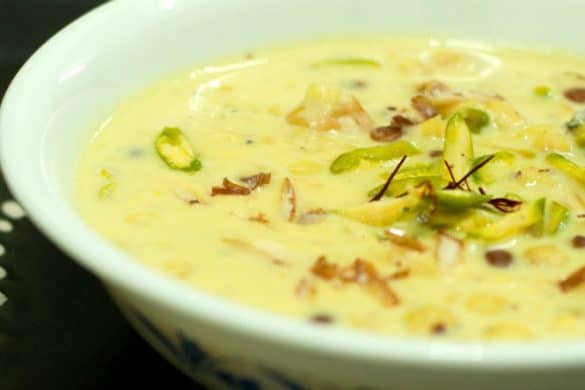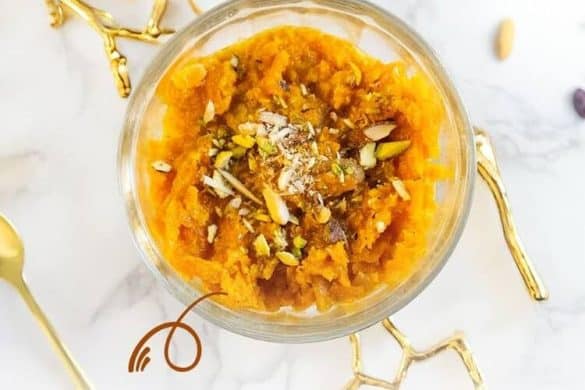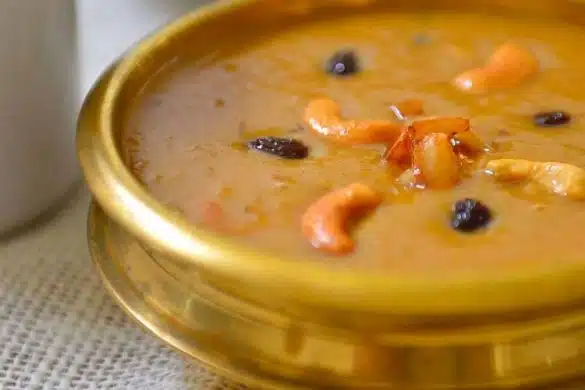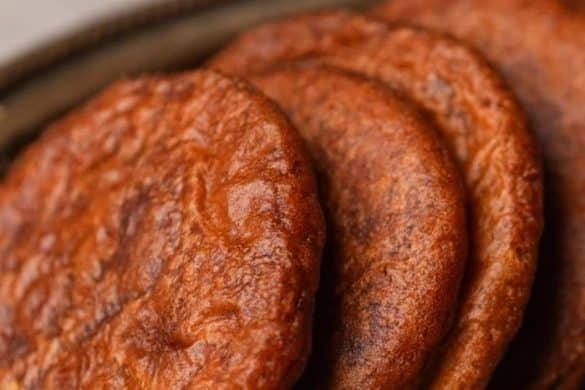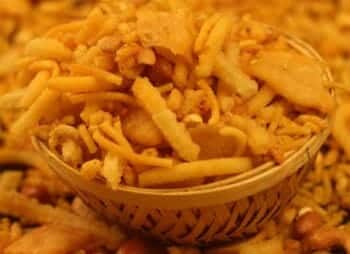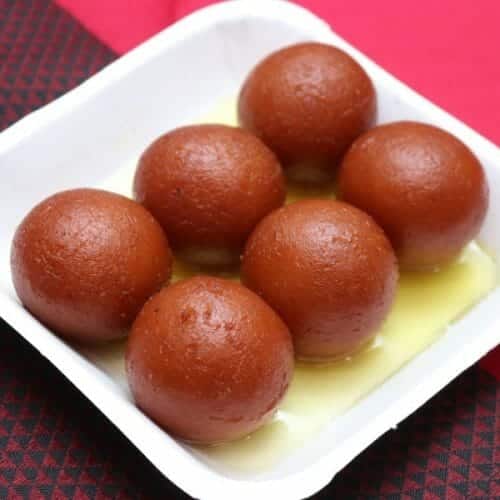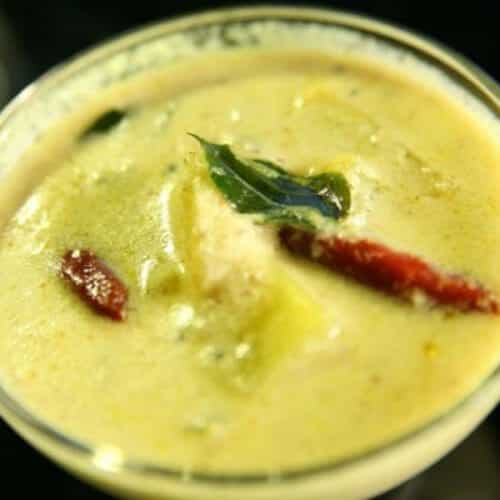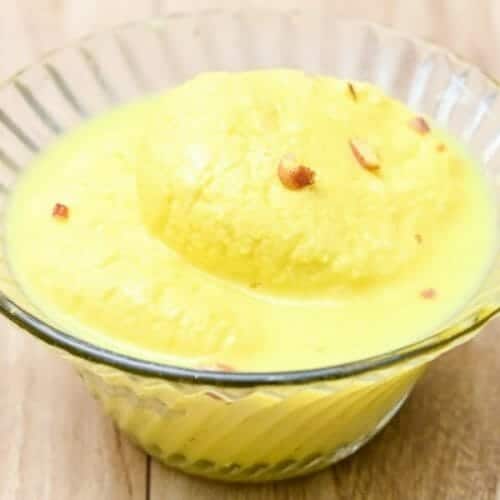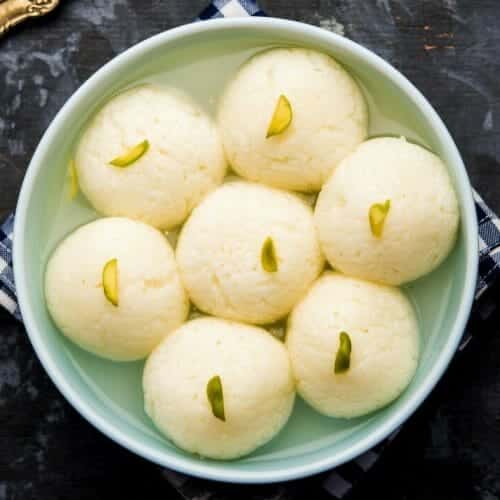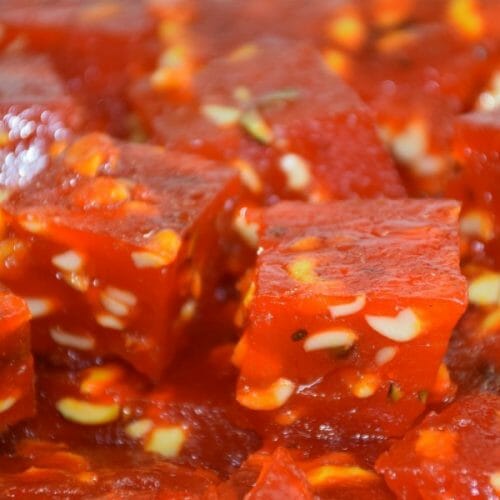Javvarisi Payasam brings back memories of my grandmother’s kitchen during Diwali. The smell of saffron and cardamom would fill the whole house. This beloved South Indian dessert transforms simple sago pearls into something magical. You’ll love how the tiny pearls become soft and translucent, soaking up all that creamy, spiced milk. It’s surprisingly easy to make, even if you’ve never worked with sago before. The best part? You can enjoy it warm on cold days or chilled during summer.
About the Recipe
This recipe should surely be on your must-try list. Javvarisi Payasam strikes the perfect balance between simple ingredients and complex flavors. The sago pearls create this wonderful chewy texture that pairs beautifully with rich milk. What makes this special is the saffron – it gives the payasam a gorgeous golden color and luxurious taste. You don’t need any fancy equipment or hard-to-find ingredients. Most Indian grocery stores carry sago, and the rest you probably already have at home.
Why You’ll Love This Recipe
You’re going to fall in love with how this payasam transforms as it cooks. Those tiny, hard sago pearls become these beautiful, translucent gems that practically melt in your mouth. The texture is pure comfort – creamy but not too thick, with little bursts of sweetness from the raisins and crunch from the cashews. And that aroma. The saffron and cardamom create this incredible fragrance that makes your kitchen smell like a sweet shop. Plus, it’s versatile – serve it hot for a cozy dessert or cold for a refreshing treat. Your family will think you’re a dessert genius.

Javvarisi Payasam (Sago Kheer / Sabundana Kheer)
Cooking Tips
Don’t skip soaking the saffron – those 30 minutes make a huge difference in flavor and color. Keep stirring the sago while it cooks so it doesn’t stick to the bottom. Watch the milk carefully when it’s simmering; you want it to thicken but not boil over. Taste as you go and adjust the sugar to your liking. Some people prefer it sweeter. If your payasam gets too thick, just add a splash more milk.
Serving and Storing Suggestions
This recipe serves about 4-6 people and takes roughly 45 minutes from start to finish. Serve it in small bowls – it’s quite rich. You can store leftover payasam in the fridge for up to 3 days. It might thicken up, so stir in a little milk when reheating. Both hot and chilled versions taste amazing, so try it both ways to see which you prefer.
Similar Recipes
- Rice Kheer (Chawal ki Kheer)
- Vermicelli Kheer (Seviyan Payasam)
- Carrot Halwa (Gajar ka Halwa)
- Rava Kesari
- Coconut Rice Pudding
Nutrient Benefits
Sago provides quick energy and is easy to digest, making this dessert gentle on your stomach. The milk adds protein and calcium for strong bones. Cashews bring healthy fats and important minerals like magnesium. Saffron isn’t just for flavor – it has antioxidants that may help your mood. While this is surely a treat, the nuts and milk do provide some nutritional value along with all that deliciousness.

Javvarisi Payasam (Sago Kheer / Sabudana Kheer)
Ingredients
- 1/4 cup Sago/Sabudana/Javvarisi
- 3 1/2 cup Full Cream Milk
- 3 tbsp Ghee
- 2 tbsp Cashewnuts broken
- 1/2 tsp Saffron Strands
- 2 tbsp Raisins seedless
- 3/4 cup Sugar
- 1 tsp Green Cardamoms powdered
Instructions
- Soak saffron in 1/2 cup of hot milk for 30 minutes.
- Heat the ghee in a frying pan over moderate heat.
- Fry cashew nuts till golden.
- Drain and set aside.
- Add raisins to pan and fry till they puff up.
- Drain and set aside.
- Mix the javvarisi and 1 cup water in the same pan.
- Bring to boil.
- Reduce heat and simmer for about 10 minutes till sago is cooked.
- Pour in 3 cups of milk and simmer for 10 to 12 minutes till milk thickens slightly.
- Add sugar and simmer for 5 minutes.
- Stir in the saffron-flavoured milk and powdered cardamom.
- Simmer for another 5 minutes.
- Add the fried cashewnuts and raisins.
- Serve hot or chilled.
Recipe Video
Sign up for our newsletter
Add Awesome Cuisine as a Preferred Source

Frequently Asked Questions
Can I use tapioca pearls instead of sago for this payasam?
Yes, you can substitute tapioca pearls for sago. They’re actually quite similar. Just keep in mind that tapioca pearls might take a few minutes longer to cook through. Look for them to become completely translucent before moving to the next step. The taste and texture will be nearly identical to traditional sago payasam.
What should I do if my sago becomes mushy while cooking?
If your sago gets mushy, you probably cooked it too long or on too high heat. Next time, keep the heat low after it starts boiling and check the sago every few minutes. It should be soft but still hold its shape. If it does get mushy, don’t worry – the payasam will still taste great, just with a different texture.
How can I make this payasam without dairy milk?
You can easily make this with coconut milk or any plant-based milk you like. Coconut milk works especially well and adds a lovely tropical flavor. You might need to adjust the cooking time slightly since different milks thicken at different rates. Almond milk and oat milk also work well for this recipe.
Why is my payasam not getting the golden color from saffron?
The saffron needs time and heat to release its color. Make sure you’re soaking it in hot milk for the full 30 minutes, and gently crush the strands with your fingers to help release more color. Also, check that your saffron is fresh – old saffron loses its potency and color over time.

